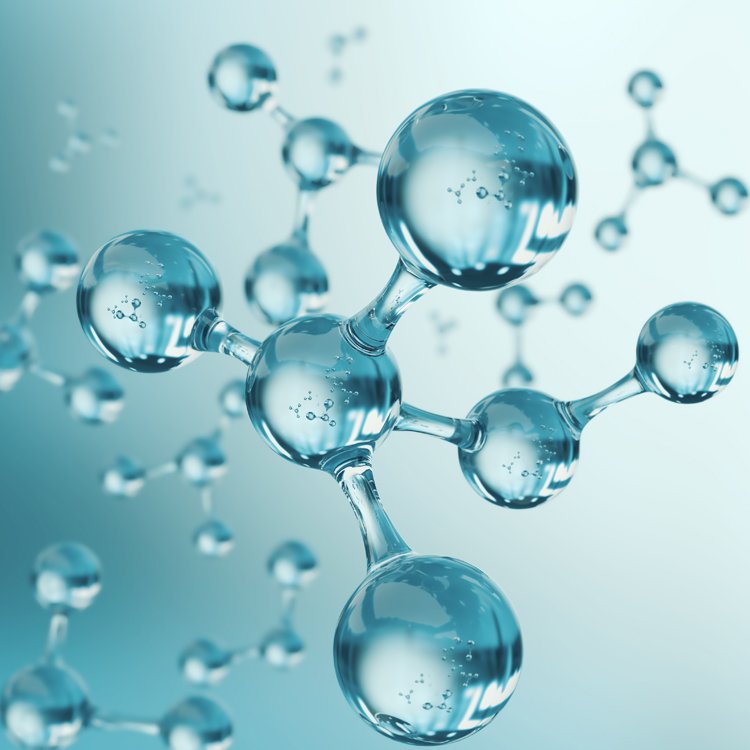Minerals and Metabolism
All living things need minerals to maintain their normal life functions. The mentioned minerals are present in different amounts and ratios in animal tissues and in all feeds. In animal nutrition terminology, minerals include all inorganic elements. Minerals, which are needed in lesser amounts than energy and protein, but play important roles in the organism, exist in solid and crystalline form and are compounds that cannot be decomposed or synthesized by ordinary chemical reactions.
Mineral substances must be present in sufficient quantities and in appropriate proportions for health and yield performance in animal species.
Importance of Minerals in Animal Nutrition
Organic elements such as carbon, hydrogen, oxygen and nitrogen make up 96% of the animal body. The share of cations and anions is 3.5%, and the rest includes other minerals. The share of calcium in total minerals is 49%, while this value is 27% for phosphorus. The remaining 24% belongs to other minerals. The average amounts of macro and micro minerals in the animal body are shown in Table 4.4.
Average Amounts of Macro and Micro Minerals Found in Animal Body.
| Macro Minerals | (g/kg) | Micro Minerals | (mg/kg; ppm) |
Contrary to many nutrients, the functions of mineral substances that cannot be synthesized in the body in animal organisms can be listed as follows;
1. They are structural components of tissues and organs. In this context, they enter the structure of organic compounds such as protein and fat, which participate in the formation of muscles, organs, blood cells and other soft tissues.
2. They form the building materials of the bones and therefore the skeletal system. They provide hardness and strength to bones. In other words, they give structural support to the body.
3. Macro minerals fulfill a physicochemical task by adjusting the osmotic pressure in the body. A significant portion of Ca, Mg and P and Na, K and Cl are found in body fluids and soft tissues as electrolytes. Blood has an important role in regulating osmotic pressure.
4. They adjust the acid-base balance in the body. Some of the minerals such as Ca, Na, K, and Mg are effective in the formation of alkali, while others such as P, Cl, and S are effective in the formation of acids. Thus, the pH of the blood and tissues remains at a constant level. Decreases and increases that may occur in blood pH bring along various phenomena.
5. Minerals play a role in the fulfillment of important functions in metabolism by entering into the structure of some enzymes, vitamins and hormones.
6. Some mineral salts are used as buffers to control the H ion concentration in the body. Carbonate and phosphate are the most suitable buffer systems.
7. Minerals are also effective in stimulating muscles and nerves.
8. These are the results of studies conducted in recent years that some micro-minerals support the immune system.
Apart from these general functions, minerals also have one or more specific functions. Minerals act against each other. Therefore, the importance of finding a suitable balance between minerals stems from this. In this respect, it can be argued that no mineral acts alone in the organism. An example of this is the effect of Ca and P on bone and tooth formation and the interrelationship of Fe, Cu and Co in hemoglobin synthesis.

